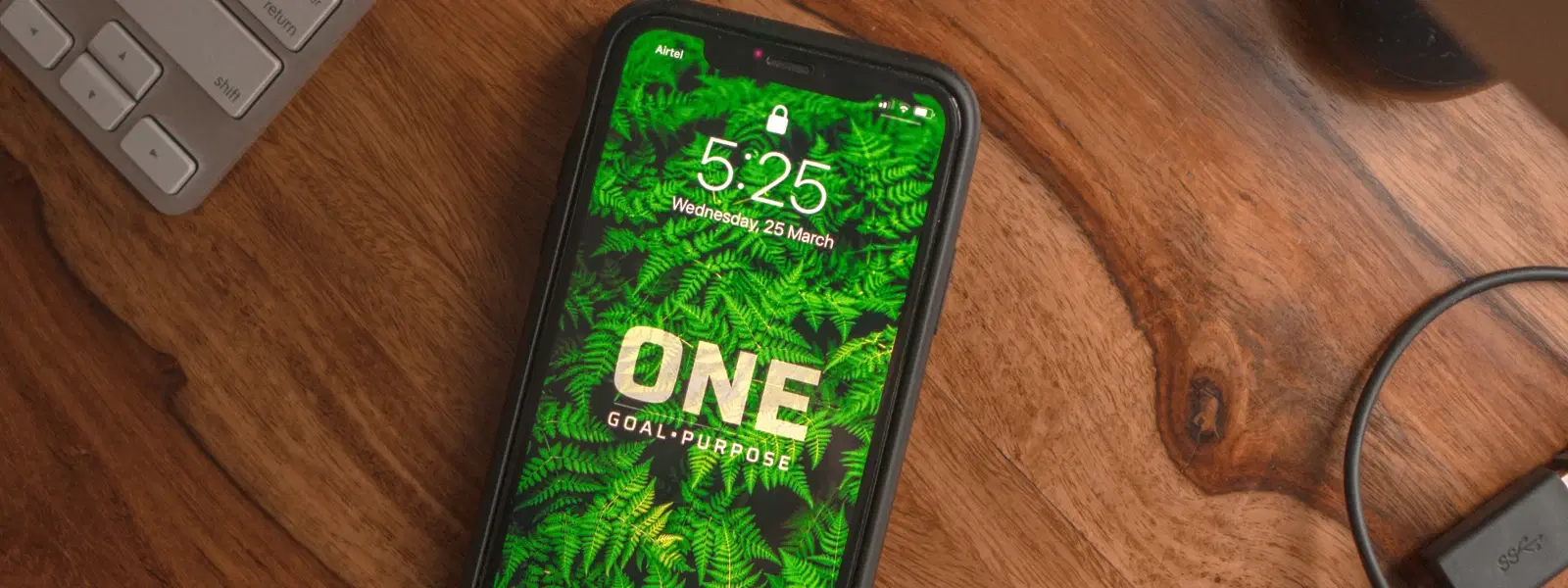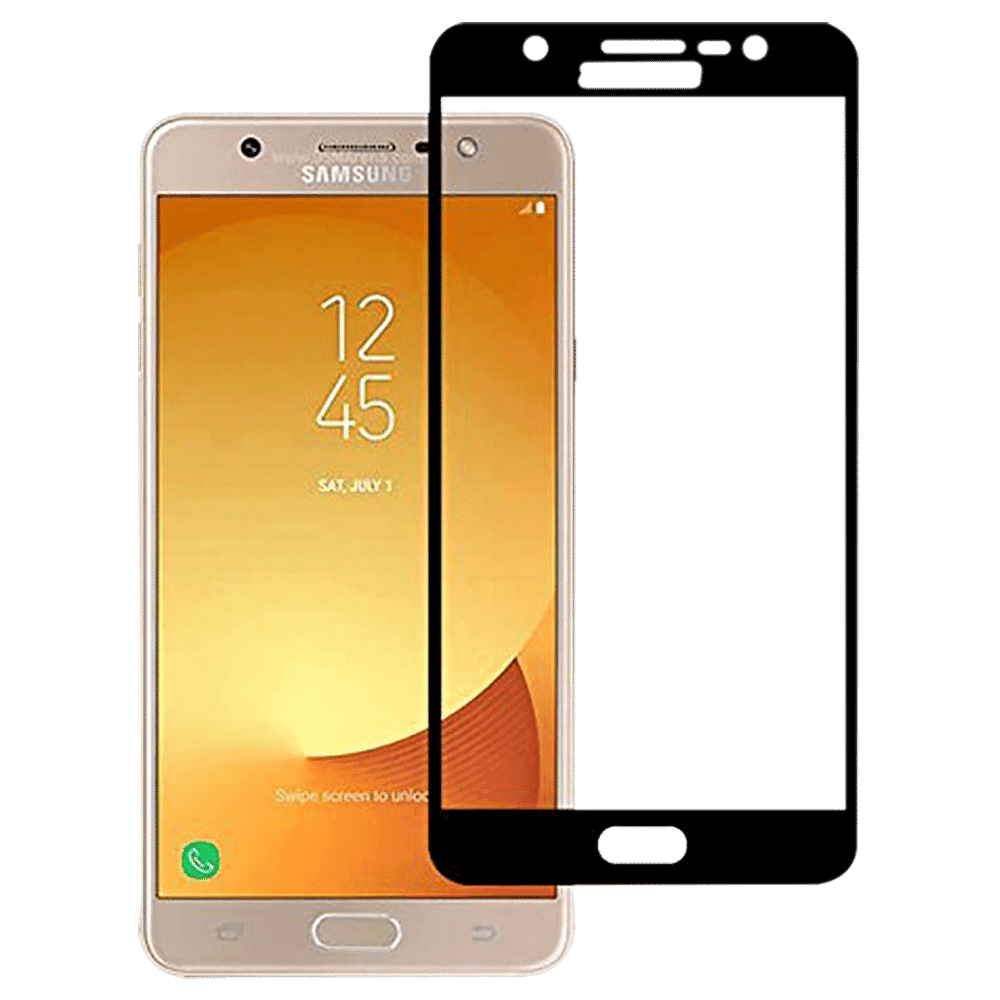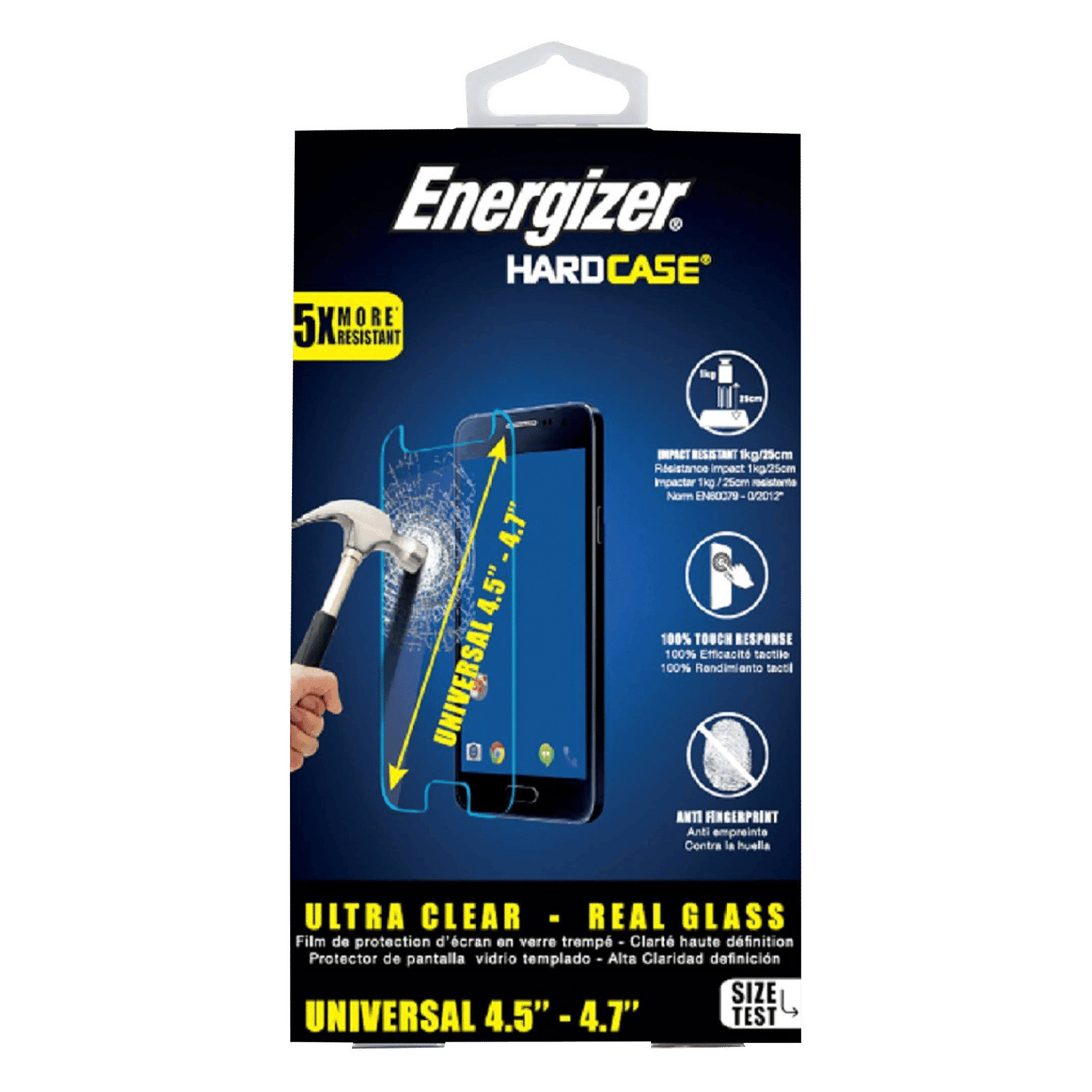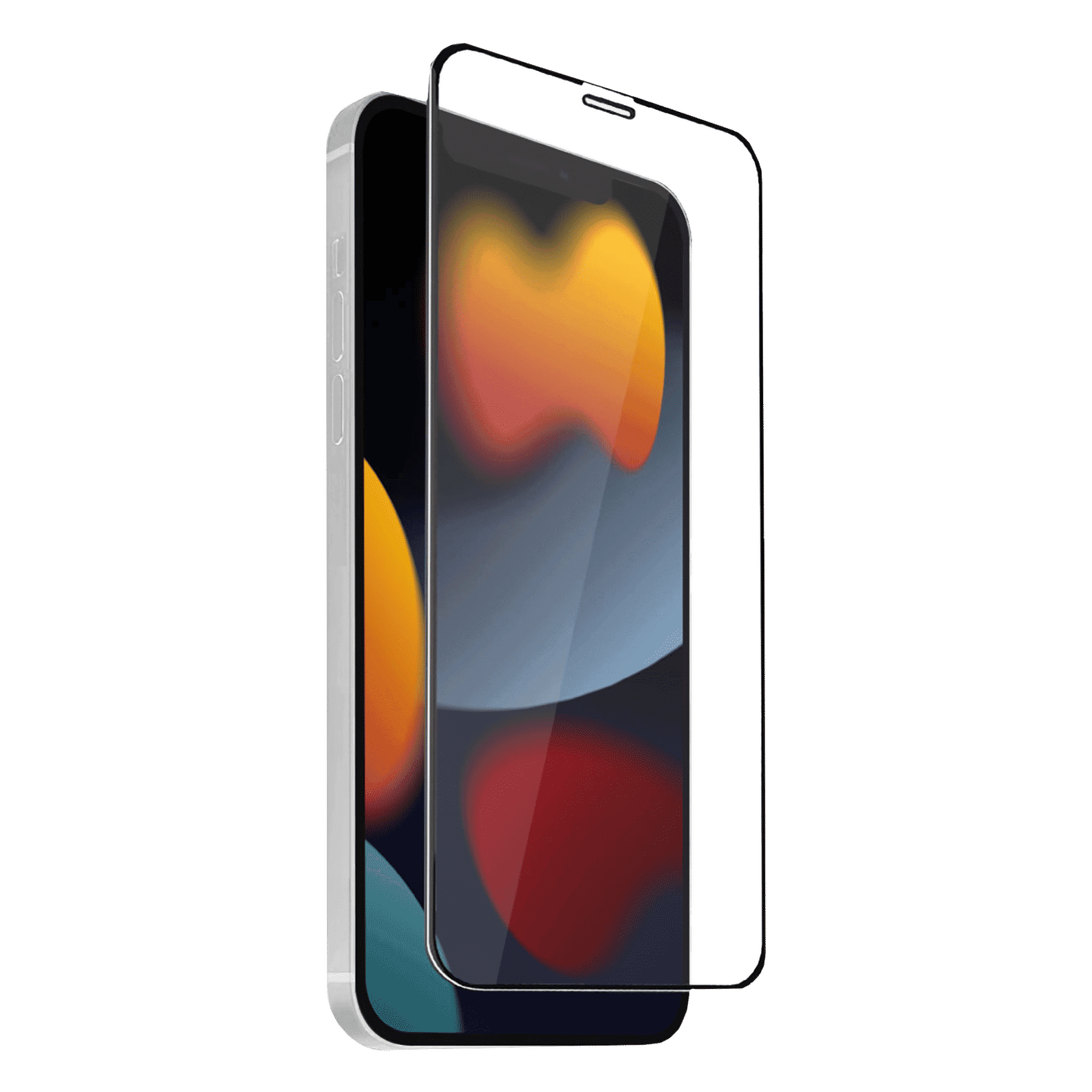
Consumer Electronics
•04 min read

Buy stuffcool Mighty 2.5D Tempered Glass Screen Protector for Samsung Galaxy J7 Max (Fingerprint Resistant) online at best prices from Croma. Check product details, reviews & more. Shop now!
Ever wondered which screen protection option is best for your device—tempered glass or screen protector? With so many choices available, it is easy to feel overwhelmed when deciding which one offers the perfect blend of durability, features, and value for your needs. This guide dives deep into the debate of tempered glass vs screen protector and answers all your frequently asked questions in clear, simple language. By the end, you will understand the benefits, drawbacks, and various types available, empowering you to choose the best solution for your device.
A screen protector is a thin layer designed to shield your device's screen from scratches and minor impacts. They come in several forms including plastic film, hydrogel, silicone, and membrane types. These protectors offer affordability and cater to devices with curved screens, ensuring that every edge of your display is covered.
Tempered glass is a specially treated form of glass designed for superior protection. It undergoes a process involving high heat and chemical treatment to boost its strength. This treatment enhances its durability and impact resistance, making it a preferred option for those seeking a smooth, high-performance protective layer.
When comparing tempered glass vs plastic protector options, the differences in material matter greatly. Tempered glass provides a sturdy, glass feel and improved durability. In contrast, many screen protectors are made from plastic or hydrogel which gives a different tactile experience. While glass tends to offer a more premium feel, plastic options often lend flexibility especially on devices with curved screens.
The performance aspects vary between the two. Tempered glass benefits include excellent anti-scratch features and high resistance to impact. In a screen protector comparison, plastic-based options may not match the superior tempered glass durability but still provide reasonable protection against daily wear and tear. For customers looking for anti-scratch screen protectors, tempered glass is often the more robust choice.
Affordability and ease of installation are important factors. Screen protectors are usually more budget-friendly and easier to install, particularly the film-based types. Tempered glass, although slightly more expensive, offers a higher level of protection and a smooth finish that enhances your device’s display experience. Easy installation and removal can be crucial for those who value convenience during setup and maintenance.

Buy Energizer Universal Tempered Glass (9H Hardness) online at best prices from Croma. Check product details, reviews & more. Shop now!
Benefits: Tempered glass benefits include exceptional durability, a smooth surface, and significant impact resistance. It is designed to absorb shocks and protect the underlying screen without compromising the touch experience. With options available on platforms like Tata Neu, you can even earn NeuCoins rewards with every purchase, adding extra value to your investment.
Drawbacks: One of the main disadvantages is the higher cost. Additionally, while tempered glass is robust, extreme impacts can cause it to shatter, albeit in a way that reduces the risk of shattering into dangerous shards.
Benefits: Screen protectors are highly affordable and flexible. Their slim design makes them ideal for devices with curved screens, offering compatibility without compromising on design. They also come in various types, ensuring you can select a protection option that matches your device and usage preferences.
Drawbacks: Compared to tempered glass, screen protectors generally provide lower durability and are more prone to developing scratches over time. In essence, they may need to be replaced more often to maintain effective protection.
Your choice should depend on several factors. Consider your device type—whether it’s a flat screen or a curved display. Reflect on your usage habits: are you a casual user or does your daily routine demand rugged use? Budget is also key, as tempered glass offers higher durability at a premium, while plastic options provide cost-effective protection. Additionally, shopping on platforms like Tata Neu not only offers quality digital rewards through NeuCoins but also supports seamless shopping experiences with expert guidance and prompt Express Delivery for orders placed before 6pm (Check availability).
The market offers a range of protective solutions. For curved displays, hydrogel screen protectors are gaining popularity due to their flexibility and reliable edge-to-edge coverage. If durability is paramount, tempered glass stands out with its high-impact resistance and smooth finish. With a focus on quality and rewards, Tata Neu ensures that your shopping experience is reliable and enjoyable, enabling you to earn NeuCoins every time you shop smartly.
Insight Corner: "Did You Know?"
Tempered glass offers up to five times the strength of regular glass, making it an excellent choice for those demanding high-impact protection. At the same time, many users are turning to hydrogel screen protectors for curved displays due to their superior flexibility and full edge-to-edge coverage.

Buy HYPHEN DEFENDR Tempered Glass for Apple iPhone 13 Mini (Shatter-Proof) online at best prices from Croma. Check product details, reviews & more. Shop now!
Tempered glass is made from toughened glass for superior durability, while screen protectors are often made from plastic or hydrogel for affordability and flexibility.
Hydrogel screen protectors are better suited for curved displays because they offer a flexible, edge-to-edge design.
While tempered glass is designed to absorb impacts, it can shatter under extreme conditions. However, if it does shatter, it tends to do so in a way that minimises damage to your screen.
Screen protectors, especially film-based types, are more prone to scratches compared to tempered glass, which is built to offer enhanced anti-scratch protection.
Yes, a screen protector adds an extra layer of protection against scratches and impacts that a phone case alone cannot provide.
Both tempered glass and screen protectors come with their unique set of strengths and weaknesses. Tempered glass excels in durability and impact resistance, while screen protectors are known for their flexibility and cost-effectiveness. Understanding the difference between tempered glass and screen protector options, including tempered glass benefits and various types of screen protectors, can help you make an informed decision that meets your device’s needs, usage habits, and budget. Explore these options through trusted platforms like Tata Neu, where you can also earn NeuCoins rewards and enjoy reliable delivery service, making your shopping journey as seamless as possible.